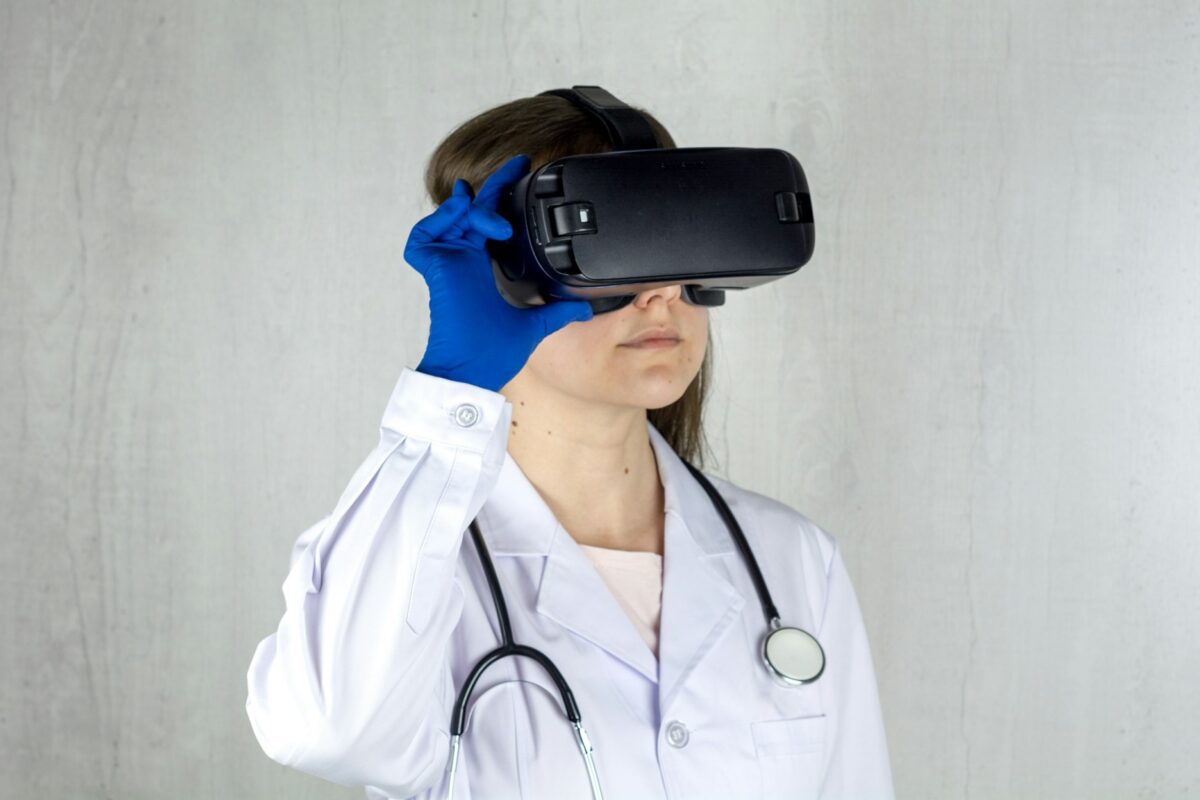Medtech developments everywhere
Medtech is more relevant than ever, so in this blog post we will discuss the key medtech trends for 2024. In 2021, the medical technology (medtech) industry logged a record growth rate of 16% in 2021 following the pandemic. However, things took a downturn in 2022, as the growth rate declined to a 7-year low of 3.5%. Over the course of the last year, the industry saw a 30% decline in financing. In conjunction, global inflation and reducing cost of goods sold (COGS) have placed unprecedented pressure on medtech players to innovate, and bring new value propositions to the market.
But the latter has always been the stronghold of medtech businesses. Each successful medtech organization has historically relied on impeccable product management, structured systems engineering, and core design thinking principles. Innovation is the very lifeblood of medtech businesses. It is for this very reason that R&D has served as a reliable indicator of the industry’s growth and performance.
In 2024, as global inflation eases, and healthcare provider systems regain some headroom, the medtech industry is poised for a rebound. By playing strategically in response to the below market trends, medtech players can score synergistic outcomes for the healthcare machinery as a whole – meaning, better patient experiences, enhanced care delivery, and improved access to healthcare – while growing their own businesses.
Consider these five key trends that will shape the future of the medtech industry in 2024.
5 key medtech trends:
- The rise of continuous, personalized, and precision healthcare
- New opportunities for enhancing the patient experience
- Generative Artificial Intelligence: a key strategic lever for medtech
- Technological advancements unlock new avenues for innovation
- Medtech products to bridge the gaps in hybrid healthcare
Trend 1 – The rise of continuous, personalized, and precision healthcare
Our first key medtech trend for 2024 discusses the personalization in healthcare. Over the last decade, advancements in sensor technology and developments in customized therapies have illuminated new possibilities in care delivery. Moreover, robotics-assisted surgeries, and development of targeted drugs for specific conditions have given rise to what came to be known as precision health.
However, these efforts were largely isolated. Medical systems remained (and to some extent, still are) siloed, and each of these trends unfolded within pockets – precision health was focused on diagnostics and surgical procedures, whereas continuous care was aimed at post-discharge monitoring and follow-up.
Now, as the healthcare ecosystem collectively embraces cloud and uptake of digital technologies, these trends will come together to give rise to a new era of healthcare delivery. As a result, medtech players will find new opportunities in the form of:
- Developing connected sensor products for home and in-clinic applications.
- Offering software to achieve data interoperability between healthcare systems.
- Partnership opportunities for unifying various aspects of care delivery, from prevention and diagnosis to post-discharge transitional care.
Trend 2 – New opportunities for enhancing the patient experience
As healthcare providers embrace the cloud, the patient experience has improved by leaps and bounds. However, the industry as a whole, continues to offer ‘products’ to the consumers. As a result, the patient experience remains disconnected in the larger picture.
The next wave of patient experience innovation will come through platform strategies, and ecosystem-level integrations. In the future, a consumer’s home health monitoring devices will seamlessly log data to their EHRs, providers will proactively offer interventions based on this data, and diagnostics and payers will be integrated into this ecosystem.
Medtech companies are best-positioned to lead this transformation today. Key opportunities include:
- Development of platforms that can onboard various players in the healthcare ecosystem through systems integration.
- Building consumer and physician applications that continuously communicate the status of surgical procedures, state of management of chronic conditions, and adherence to treatment plans.

Trend 3 – Generative Artificial Intelligence: a key strategic lever for medtech
AI has been hailed as a key lever for commercial growth in the medtech industry. 2023 saw waves of hype around a new technique in AI, namely Generative AI (GenAI). However, the latter half of the year served as a period of disillusionment. Now that the dust has settled, some of the more mature forecasts stand out. BCG predicts that GenAI will find the fastest growth in the healthcare sector, logging a CAGR of 85% to expand the market to $22bn.
In medtech, GenAI can accelerate development through automated code generation, suggesting product design, and automating quality assurance processes. However, the technology can also help medtech companies find cost savings through intelligent customer support, improved knowledge management, and supporting document analysis and filings in compliance workflows.
All these use-cases make GenAI an important strategic level lever for medtech players – and market leaders are already moving fast to adopt it. While the EU MDR embeds regulations concerning data privacy in GenAI within the GDPR, medtech players must keep a close eye on developments, to mitigate regulatory risk early on.
Trend 4 – Technological advancements unlock new avenues for innovation
While IoT and cloud led the forefront of innovations in the 2010s, Augmented Reality (AR) and Virtual Reality (VR) will uncover a whole new world of possibilities in the coming year. Early experiments with VR have demonstrated that the technology can be applied to address chronic pain in patients, deliver cognitive behavioral therapy, and rehabilitate those with post-traumatic stress disorder (PTSD). This key medtech trend will revolutionize how technology contributes to healthcare.
As AR and VR headsets go mainstream and become more accessible, medtech players will find new opportunities to build care delivery solutions for patients. With a massive growth in wearables (IDC projected the sale of 520mn devices in 2023), AR and VR-based healthcare solutions will be integrated with existing devices like smartwatches, to enable a new class of therapies for patients.
In addition, growth remains strong in areas like 3D-printing for implants and biomechanical limbs. In medtech, 3D printing will grow at a CAGR of 17% through 2028, spelling a lucrative opportunity for new entrants.

Trend 5 – Medtech products to bridge the gaps in hybrid healthcare
Our last key medtech trend is about bridging the gaps in hybrid healthcare. During the pandemic, hybrid healthcare saw a steep rise in uptake, and pharmaceutical companies pivoted their strategies to work with the constraints of hybrid models. As such, hybrid clinical trials gained popularity, and providers began offering consultations online.
This hybridization served as a coping mechanism to sustain care delivery during the pandemic, even though it promised new efficiencies and benefits to healthcare players. This was due to the gaps which characterized nascent hybrid care systems. Having operated in this environment for over three years, medtech players are now ready to deliver on the promises of hybrid healthcare.
For instance, they can now support pharma companies mitigate the attrition and adherence risks underpinning hybrid trials with intensive participant engagement and digitally-backed adherence strategies. Similarly, medtech businesses can now offer holistic products that directly deliver the results of remote patient monitoring to physicians, and recommend interventions based on the findings.
What’s next for medtech?
Recent estimates suggest that the medtech industry will be worth ~$610bn by the end of this year, and grow to $748bn by 2028. These numbers suggest that opportunities lie abound in the medtech industry, especially as new technologies make themselves available for innovative therapies and interventions.
However, medtech businesses will need to keep a strong focus on their core competencies in order to tap into the opportunity. By keeping a close eye on the above five trends, medtech businesses can make a profitable rebound in 2024, as new opportunities unfold. While the economic environment keeps evolving as a result of technological paradigm shifts and other geopolitical forces, innovations will still fetch coveted commercial results in the industry.
Interested in more news coming out of the consumer goods industry? Read our blog post on 4 key retail trends for 2023.
We love helping ambitious organizations reach new levels of sustainable growth through vision and purpose, strategy and execution, digital tools and go-to-market optimization.










